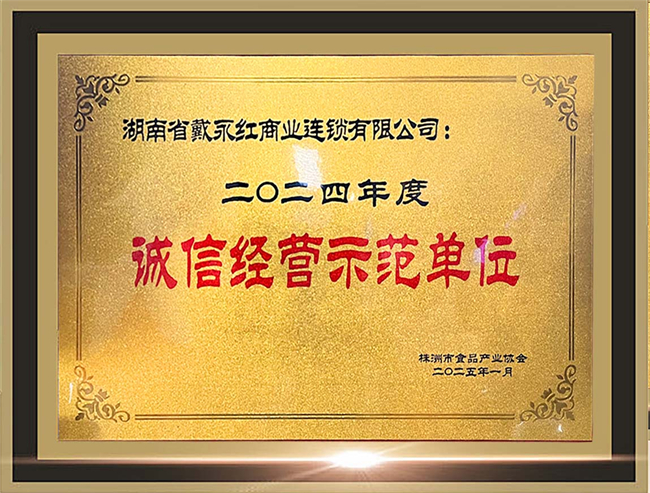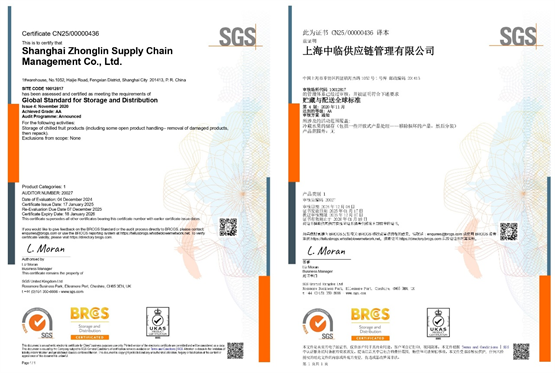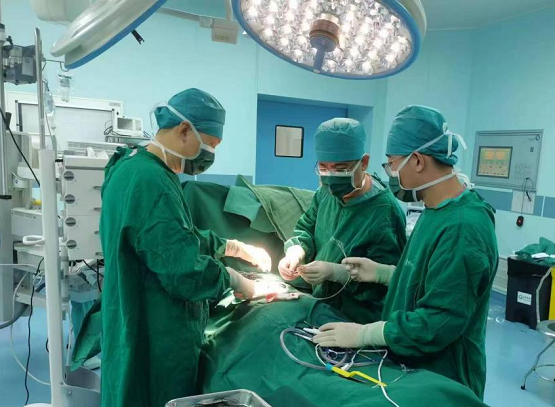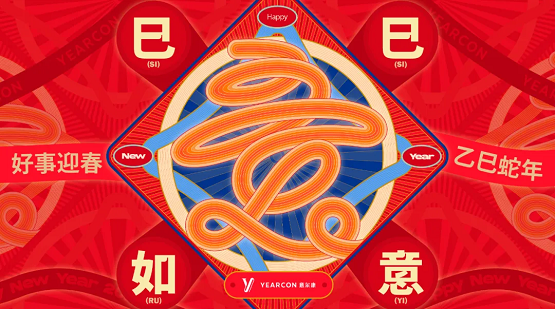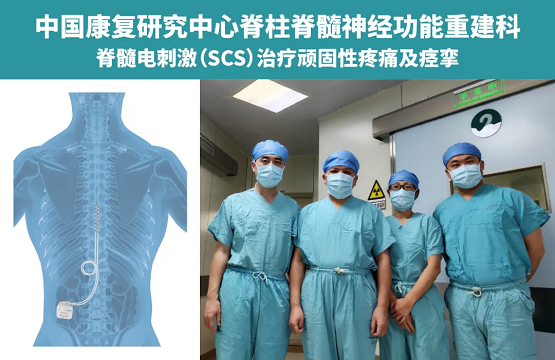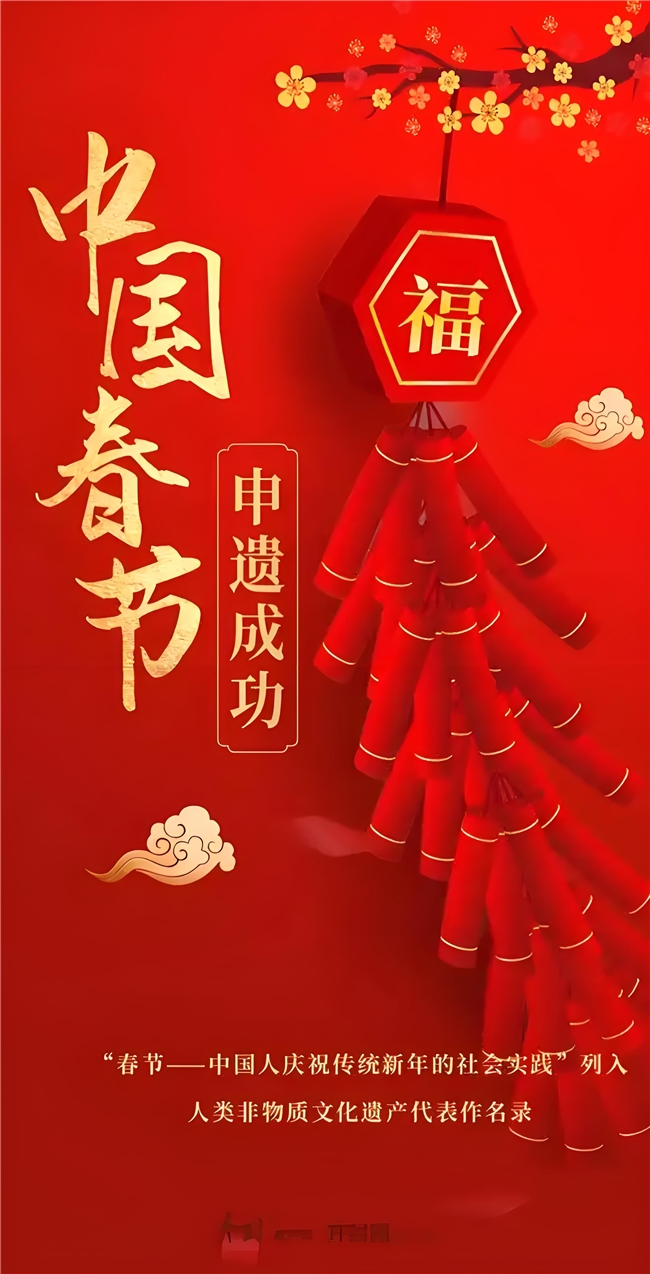西安藝術(shù)品交易精品推薦:漢代青銅器青銅鏡
此藏品圖片為張女士實(shí)物拍攝,(實(shí)物與圖片一致)
藏品名稱:漢代青銅器青銅鏡
藏品編號(hào):SXXAYSP-20220905-56
藏品規(guī)格:以實(shí)物為準(zhǔn)
藏品重量:以實(shí)物為準(zhǔn)
藏品估價(jià):議價(jià)
虺紋是一種抽象的龍紋雛形,“虺五百年為蛟,蛟煉千年為龍,龍五百年為角龍,千年為應(yīng)龍”。四乳有圓座,四虺成鉤形軀體,兩端同形,素寬平緣,四乳與四虺紋相間環(huán)繞。漢代銅鏡常用等分法把紋樣均分,構(gòu)成對(duì)稱而統(tǒng)一的裝飾圖案。四乳四虺鏡從漢武帝時(shí)期一直到東漢前期都很流行。
Viper is an abstract prototype of dragon pattern. "Viper is a dragon for 500 years; the dragon is a horned dragon for 500 years; the dragon is an Ying dragon for 1,000 years." The four breasts have a round seat, four coattails of the same SHAPE on each end, with a broad flat border, and the four breasts and four vips are surrounded by alternate stripes. Bronze mirrors in the Han Dynasty were often divided into equal parts to form symmetrical and unified decorative patterns. The four breasts four adder was popular from the reign of Emperor WUDi of the Han Dynasty to the early Eastern Han Dynasty.
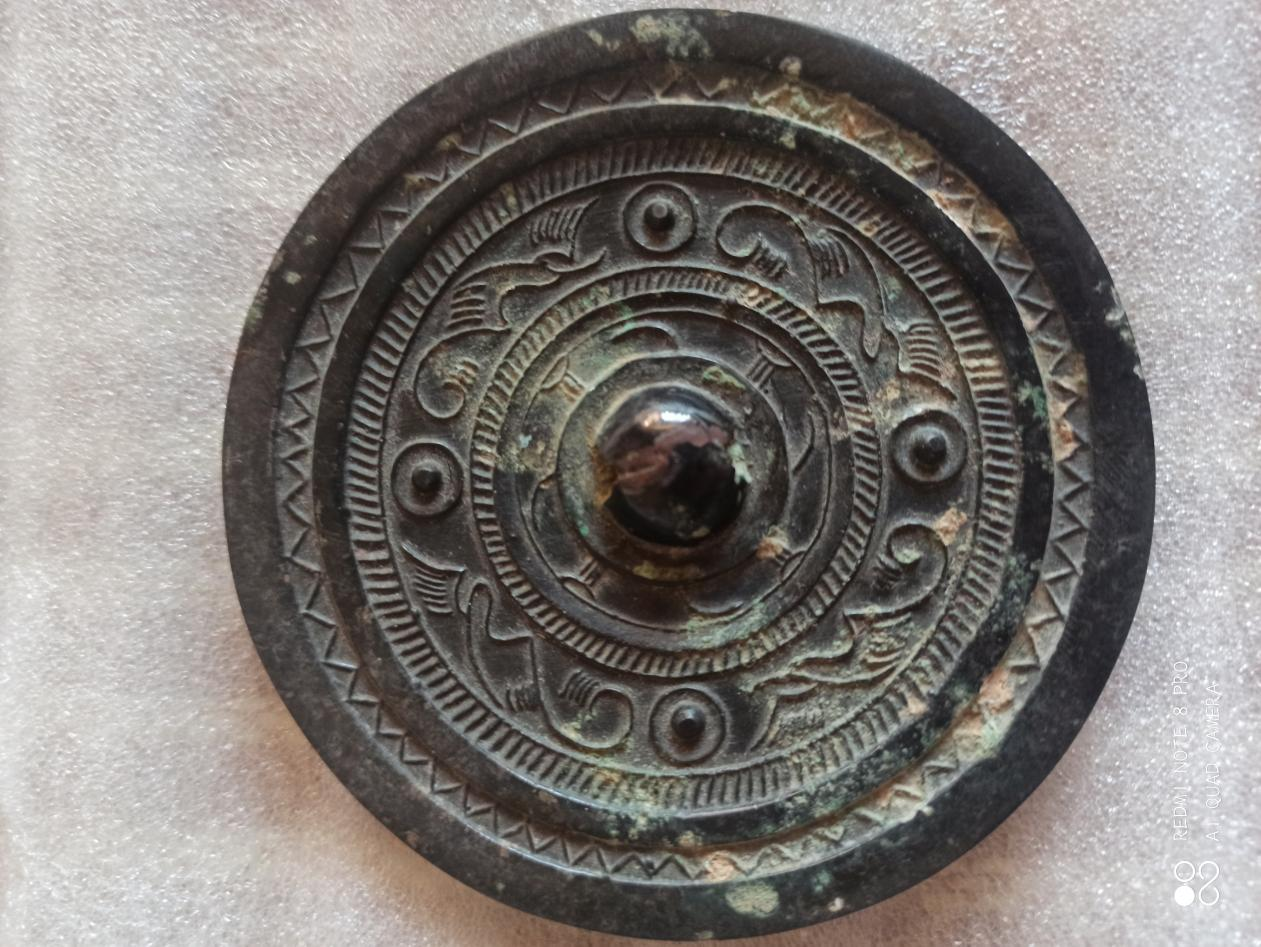
圓形,圓鈕,圓鈕座。主紋為四乳間以浮雕式的禽獸紋,,禽獸均作奔馳或行走狀。其外飾三周幾何文:一周短斜線紋,一周鋸齒紋緣,一周水波紋。有篆書銘文曰:“尚方作鏡佳且好,子孫備具長(zhǎng)相保,不知老。
Circle, knob, knob seat. The main line for the four breasts with relief type of animal lines, animals are as a galloping or walking shape. Its exterior decoration three weeks several He Wen: a week of short diagonal lines, a week of serrated edges, a week of water ripples. There is an inscription on the seal script that says, "Shang Fang makes a good mirror, and his descendants have a good look, but they don't know how old they are.
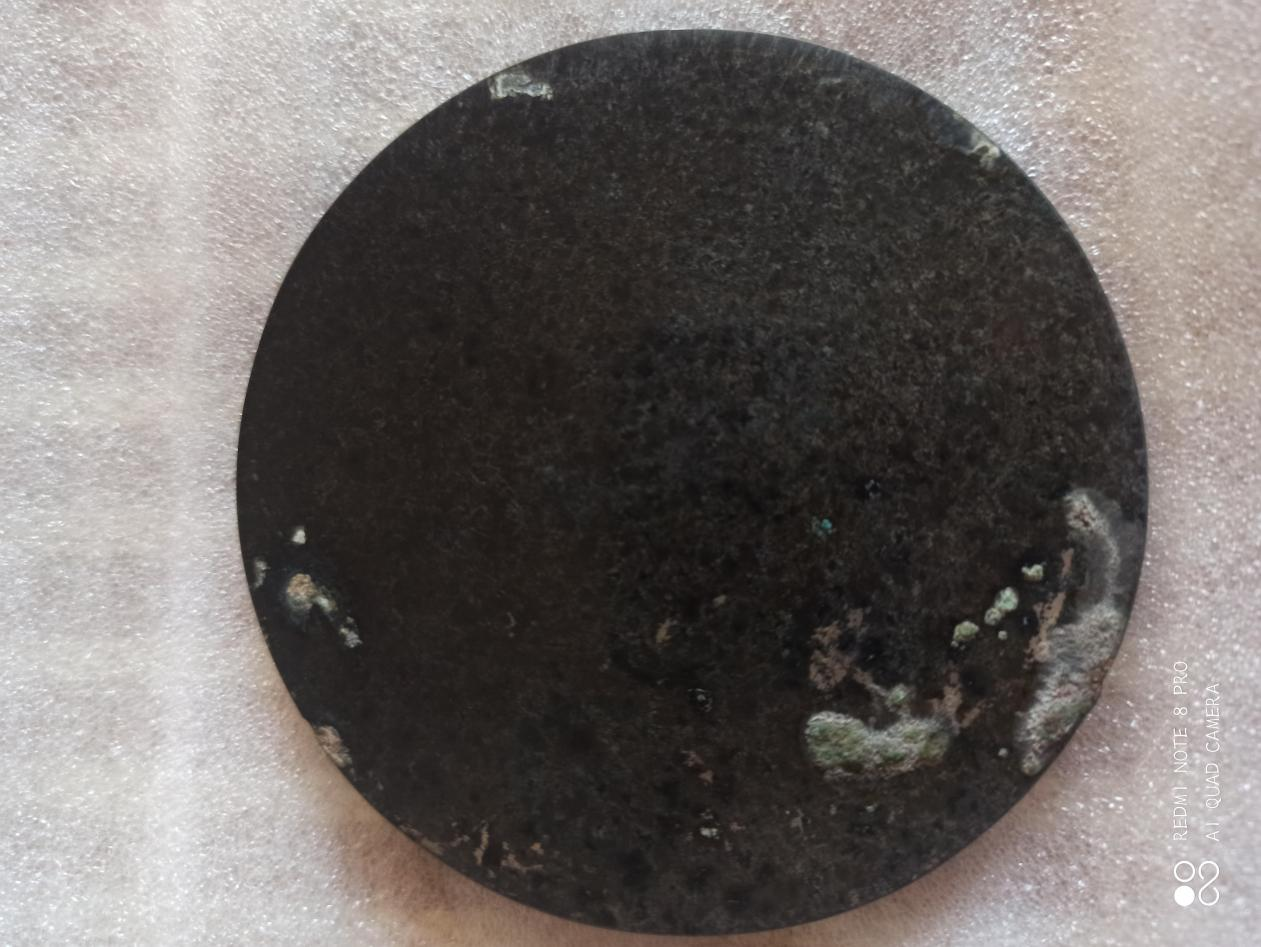
漢代龍虎鏡把天上的龍與地上的虎進(jìn)行了虛實(shí)結(jié)合,方寸之間容納了天上人間,再現(xiàn)了世人的思想觀念、社會(huì)習(xí)俗和宗教信仰等。從龍虎紋、銘文以及銅鏡功用角度而言,漢代龍虎銅鏡有著兩大功能,圖案與紋飾巧妙結(jié)合使得漢代龍虎鏡有著鮮明的祈福迎瑞之用,比如“男封侯”“四夷服”“天下復(fù)”“長(zhǎng)保二親”“國(guó)家人民息”等等。同時(shí),銅鏡作為一種隨葬的形式出現(xiàn),使得龍虎紋銅鏡又有著辟邪驅(qū)兇之實(shí),銅鏡置于墓主身邊是希望在冥界不受鬼魅侵?jǐn)_的一種形象表達(dá),如鏡銘有“青龍白虎辟不祥”。此外,龍虎圖像組合題材在漢墓中的畫像磚、畫像石、石棺、壁畫、門扉以及立柱和門楣上有著大量出現(xiàn)。這種龍虎圖像組合最具特色之處在于,它構(gòu)建出了一種代表升仙愿景的圖像。。可見,龍與虎是世人思想觀念中的一種瑞獸,龍虎組合紋飾是一種吉祥圖案,有著降祥瑞、禳災(zāi)禍、受福祉、辟不祥的功用,體現(xiàn)了世人生死觀中的現(xiàn)實(shí)精神和神仙思想
The Han Dynasty dragon and tiger mirror in the sky and the tiger on the ground for the combination of reality and reality, between the space contains the heaven and earth, reproduce the people's ideas, social customs and religious beliefs. From the perspective of dragon and tiger patterns, inscriptions and bronze mirror functions, the Han Dynasty dragon and tiger bronze mirror has two major functions. The clever combination of patterns and decorations makes the Han Dynasty Dragon and Tiger mirror has a distinct use of praying for blessings and greeting Rui, such as "male marquis", "four Yi clothing", "world recovery", "long protect two people", "national people's interest" and so on. At the same time, the bronze mirror appeared as a form of burial, making the dragon and tiger bronze mirror also has the reality of warding off evil spirits and evil spirits. The bronze mirror placed beside the tomb owner is an image expression of the hope of not being disturbed by ghosts in the underworld. For example, the mirror has the inscription "green dragon, white tiger and ominous". In addition, the combination of dragon and tiger images appeared in a large number of brick, stone, sarcophagus, fresco, door, column and lintel in Han tombs. The e most distinctive feature of this combination of dragon and tiger images is that it creates an image that represents the vision of ascension. It can be seen that the dragon and tiger are a kind of auspicious animal in the world's ideology. The combination of dragon and tiger decoration is a kind of auspicious pattern, which has the function of praying auspicious, disasters, well-being and ominous, reflecting the reality spirit and immortal thought in the world's view of life and death
唐代是中國(guó)封建社會(huì)發(fā)展的鼎盛時(shí)期,經(jīng)濟(jì)文化繁榮,社會(huì)多元開放。繼兩漢之后,銅鏡制造業(yè)在唐代又達(dá)到另一高峰。唐代銅鏡的制作技術(shù)和藝術(shù)達(dá)到了前所未有的高度。在工藝上錫和銀的合金比例加大,使鏡面更加光潔,映影更加清晰;造型上形制不一,除圓形外,出現(xiàn)菱花形、葵花形、方形、八角、亞形等鏡形;裝飾上多采用浮雕式,不施地紋,構(gòu)圖簡(jiǎn)潔美觀,紋飾擺脫了兩漢以來(lái)神秘怪誕的氣氛,紋飾更貼近社會(huì)現(xiàn)實(shí),多以鸞鳥、瑞獸、花卉及人物故事等內(nèi)容為主。
The Tang Dynasty was the heyday of the development of Chinese feudal society, with a prosperous economy and culture and a pluralistic and open society. After the Han Dynasty, bronze mirror manufacturing reached another peak in the Tang Dynasty. The technique and art of making bronze mirrors in the Tang Dynasty reached an unprecedented height. In the process, the proportion of tin and silver alloy is increased, which makes the mirror more smooth and clear; The shape of the shape is different, in addition to the round, there are rhombus shape, sunflower shape, square, octagon, sub-shape mirror shape; The decoration mainly adopts relief style, without ground grain, and the composition is simple and beautiful. The decoration gets rid of the mysterious and grotesque atmosphere since the Han Dynasty, and is closer to the social reality, mainly featuring Luan birds, auspicious animals, flowers, characters and stories.
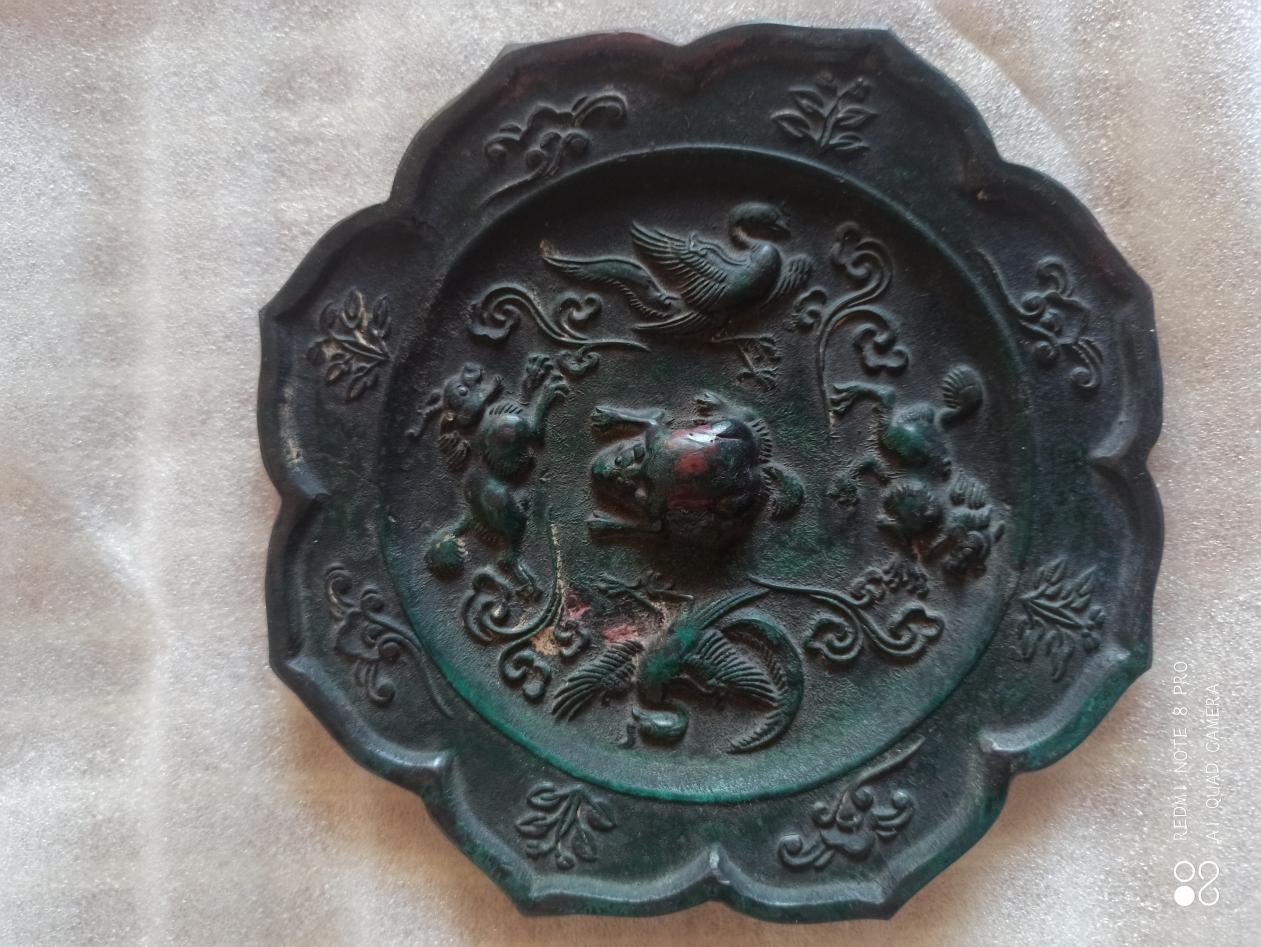
八出葵花鏡,圓鈕。鈕兩側(cè)各飾一鳳,曲頸展翅揚(yáng)尾,相對(duì)而立;鈕上飾有折枝花花卉紋,盛開的重花瓣,此鏡造型美觀,鸞鳥俊美,爭(zhēng)妍斗艷,歡快清新。
Eight out sunflower mirror, round knob. Knob on both sides of each decorated with a phoenix, curved neck wings Yang tail, relative standing; The knob is decorated with broken branches and flowers, blooming heavy petals, the mirror is beautiful in shape, the bird is beautiful, beautiful, cheerful and fresh.
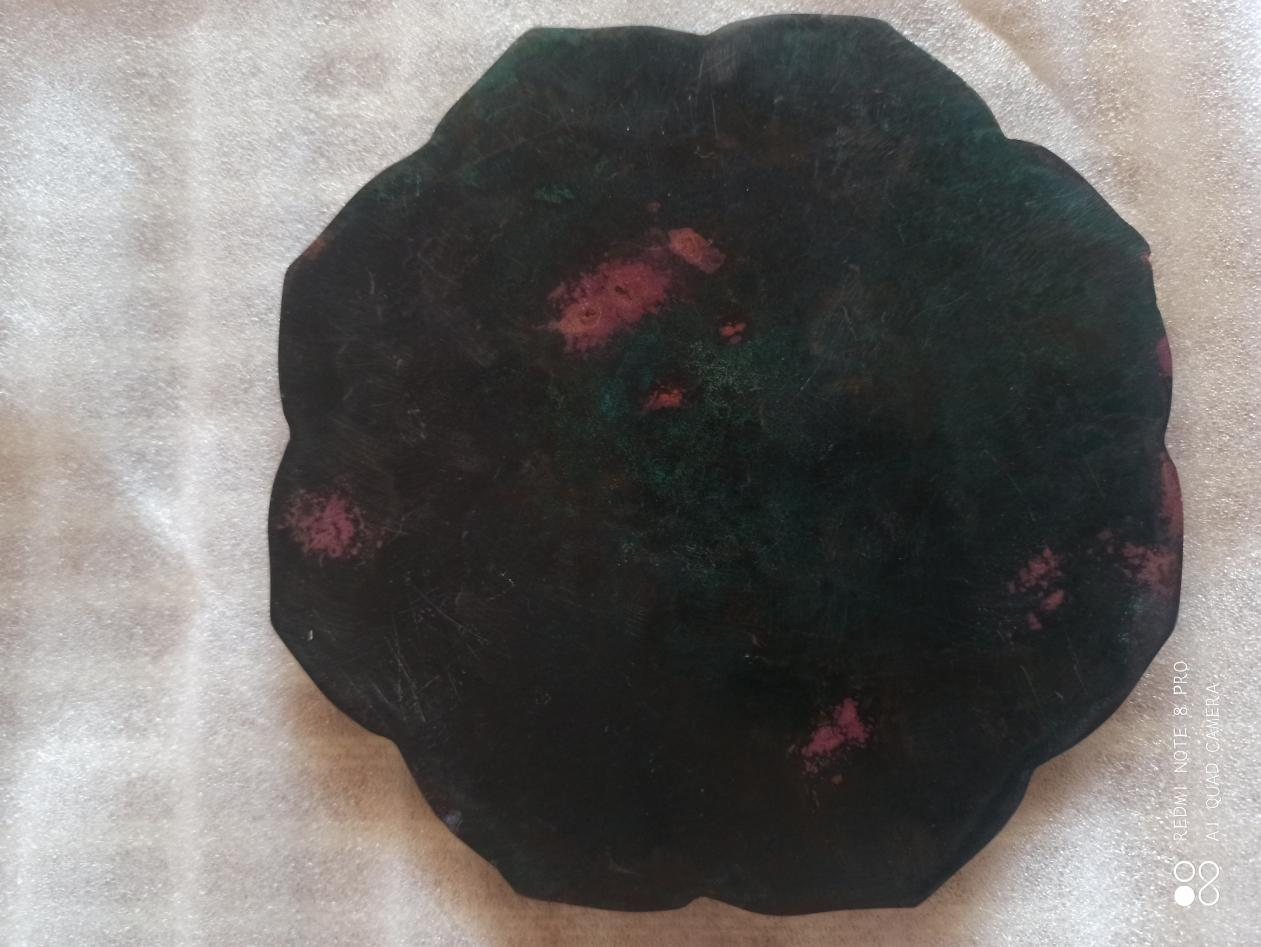
銅鏡,亦稱“銅鑒”“照子”。正面光亮,清晰可 鑒,可正衣冠,是人們不可或缺的生活用具。銅鏡背面多有花紋或銘文,折射出時(shí)代特征與審美情趣,具有重要的歷史、科學(xué)以及藝術(shù)價(jià)值。從最早有考古發(fā)現(xiàn)的齊家文化到清末4000多年的發(fā)展歷史中,銅鏡可以說(shuō)是中國(guó)古代金 屬器物中沿用時(shí)間最長(zhǎng)、使用范圍最廣、產(chǎn)生影響最普遍的實(shí)用器,是中國(guó)古代青銅藝術(shù)文化遺產(chǎn)中的瑰寶。宣城市博物館收藏的銅鏡數(shù)量豐富且成序列,現(xiàn)藏有戰(zhàn)國(guó)至清代的銅鏡475面,琳瑯大觀,美不勝收。
Bronze mirror, also known as "copper mirror" and "Zhaozi". The front is bright, clear and can be identified. It is an indispensable life appliance for people. The back of the bronze mirror is mostly decorated with patterns or inscriptions, reflecting the characteristics of The Times and aesthetic taste, and having important historical, scientific and artistic value. From the earliest archaeological discovery of the Qijia culture to the end of the Qing Dynasty in more than 4,000 years of development history, bronze mirror can be said to be the longest in use, the most widely used, the most popular influence of the ancient Chinese metal ware practical, is the ancient Chinese bronze art and cultural heritage of the treasure. There are 475 bronze mirrors from the Warring States Period to the Qing Dynasty in Xuancheng Museum, which are very beautiful and magnificent.
此藏品是張女士個(gè)人多年收藏的珍藏品,即將交于陜西藝術(shù)品市場(chǎng)我公司網(wǎng)絡(luò)市場(chǎng)部專員運(yùn)作推廣,對(duì)此件藏品感興趣的收藏家及時(shí)回復(fù)市場(chǎng)客服或與本公司國(guó)際市場(chǎng)負(fù)責(zé)人聯(lián)系
該藏品將在藝術(shù)品大型活動(dòng)展廳展出,如有對(duì)此件藏品感興趣的藏友,歡迎蒞臨公司賞析,廣大收藏家可以通過(guò)我們官方網(wǎng)站、微信公眾平臺(tái)了解詳情,如需意向購(gòu)買,提前辦理好相關(guān)手續(xù)!需要購(gòu)買的買家可以聯(lián)系:市場(chǎng)部小許
它集藝術(shù)品鑒定、評(píng)估、展覽、交易、國(guó)際拍賣等服務(wù)為一體的大型藝術(shù)品綜合服務(wù)公司。
公司致力于打造中國(guó)優(yōu)質(zhì)的藝術(shù)品交易服務(wù)平臺(tái),專注于藝術(shù)品和收藏品的鑒定、展覽、銷售、拍賣、宣傳推廣等服務(wù)。注重于為客戶提供網(wǎng)展網(wǎng)銷、展廳展銷、人員直銷、拍賣會(huì)成交等全方位的綜合銷售模式,促進(jìn)客戶藏品快速高價(jià)成交。
通過(guò)三百多家國(guó)際媒體宣傳推廣運(yùn)作,舉辦商務(wù)酒會(huì),建立高端買家俱樂部,聯(lián)誼各地收藏家協(xié)會(huì)、各地商會(huì)等多種靈活有效的形式積累高端買家資源。公司秉持公平、公正、公開的交易原則,為藏家和買家之間搭建起橋梁和紐帶,為藏品銷售建立起一條交流合作的快速通道。
